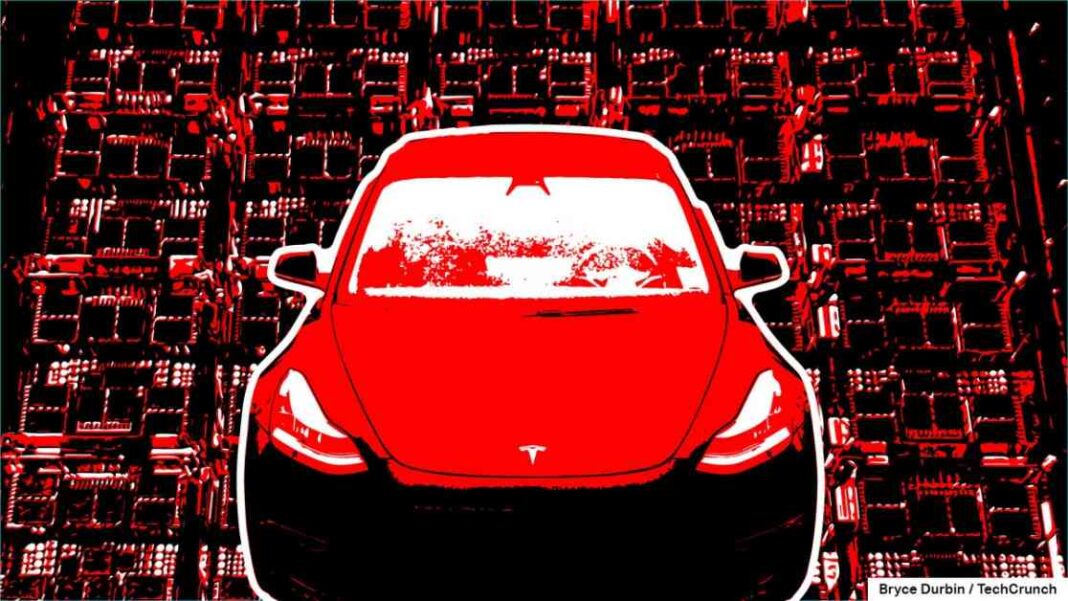Elon Musk recently announced during Tesla’s third-quarter earnings call that the company plans to launch a service that will allow people to hail self-driving Tesla vehicles in California and Texas by 2025. This service has already been tested in the Bay Area with Tesla employees.
During the Cybercab unveiling event, Musk had previously promised that Model 3 and Model Y owners would be able to use an “unsupervised” version of Tesla’s Full Self-Driving software in California and Texas, but he did not mention the ride-hailing network at that time. It remains to be seen whether Tesla will need permission from California’s Department of Motor Vehicles to conduct these tests. The DMV has not yet responded to requests for comments.
David Lau, Tesla’s VP of software engineering, mentioned on the call that the self-driving cars being tested by employees still have safety drivers behind the wheel. Currently, no Tesla vehicles are able to operate without human intervention.
Tesla’s Full Self-Driving software, or FSD, is currently classified as an advanced driver assistance system and not a fully self-driving system like Waymo’s robotaxis. While FSD offers automated features on highways and city streets, drivers are still required to pay attention and take control when necessary.
Musk emphasized that Tesla would follow the regulatory approval process in California before making the service available to the public. He also expressed hope for a smoother process in Texas. Currently, Waymo is the only company permitted to operate a commercial driverless robotaxi service in San Francisco.
Looking ahead, Musk hinted at the possibility of launching the service in other states by the end of next year. These plans come after years of Musk making ambitious promises about Tesla’s self-driving capabilities. In 2016, he claimed that all Tesla cars being produced at that time were equipped with Full Self-Driving hardware, but this has not been the case. Tesla had to upgrade cars with older hardware, and Musk acknowledged that vehicles with “Hardware 3” may not achieve full autonomy.
Despite the challenges, Musk assured that if Tesla’s software can eventually drive vehicles independently and Hardware 3 proves inadequate, the company will replace the hardware at no cost to owners. This commitment underscores Tesla’s dedication to advancing autonomous driving technology and fulfilling its promises to customers.











